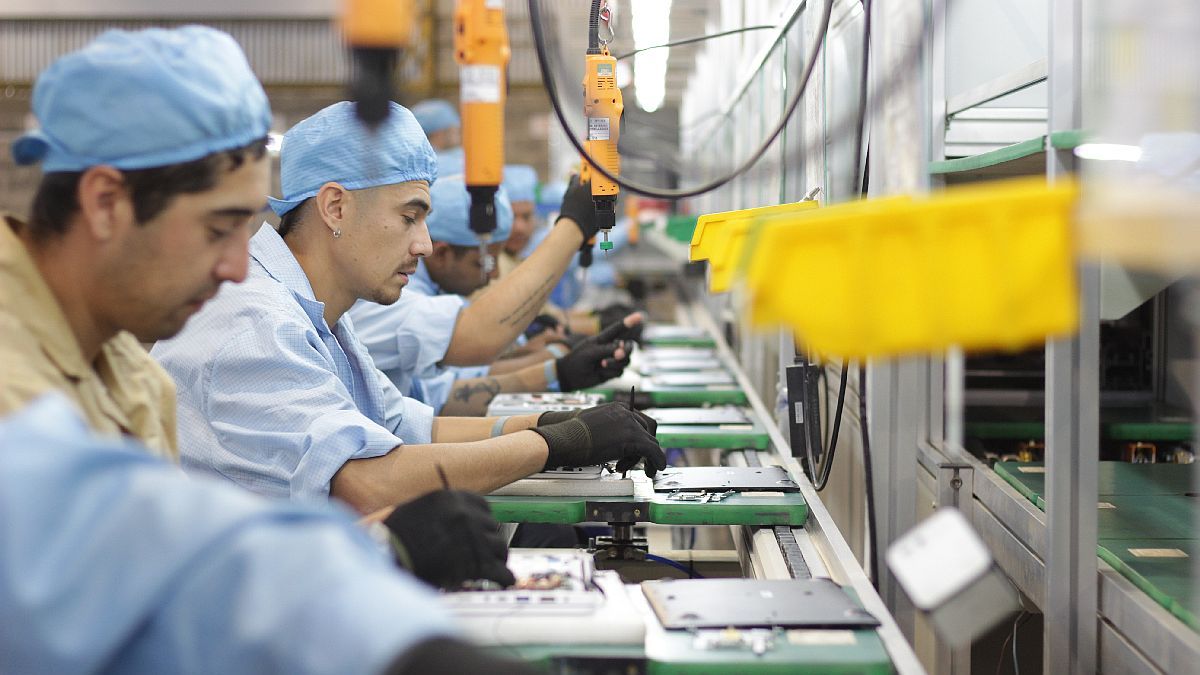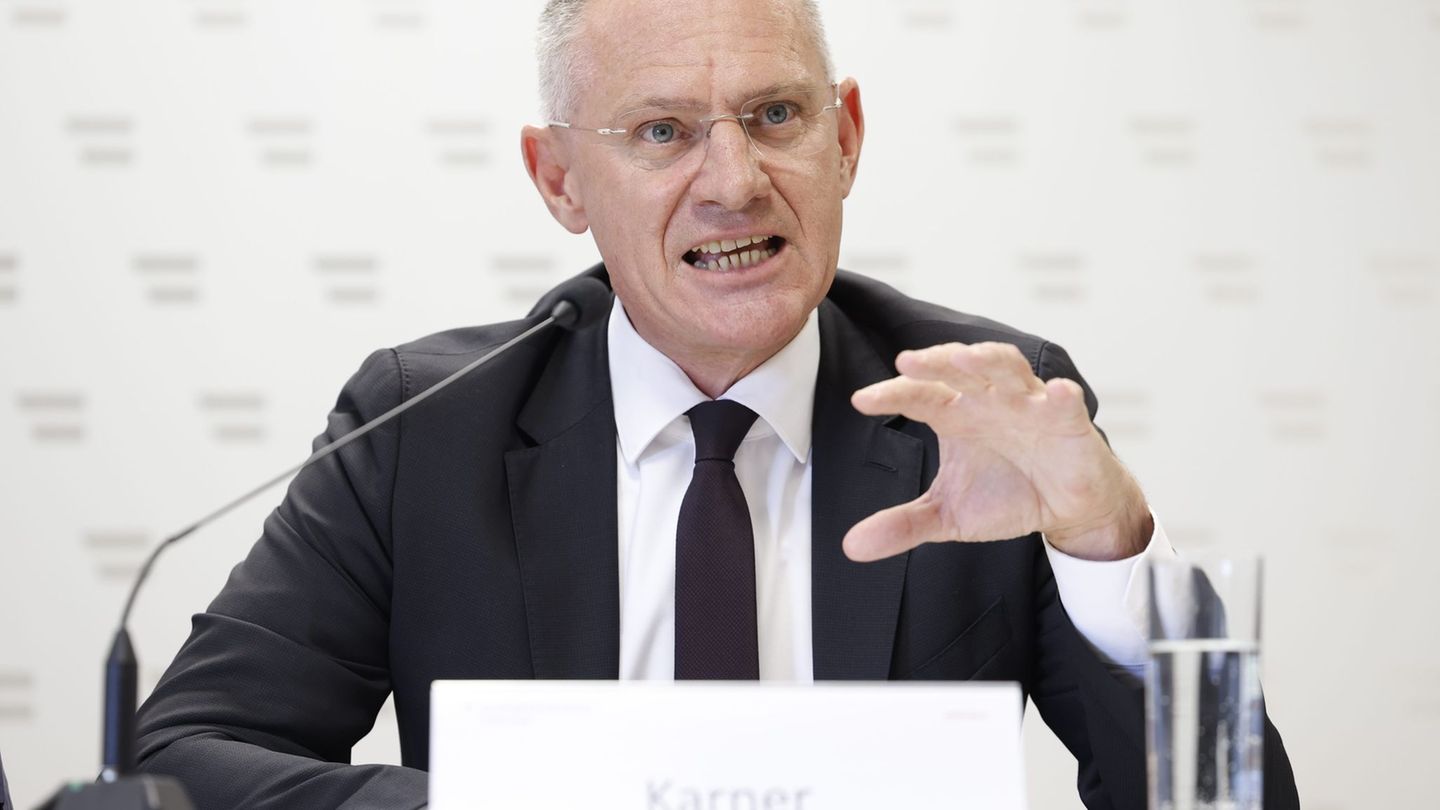At the end of 2023, industrial activity experienced a new declinemarking a general declineaccording to different reports on the sector.
Pending the next report from the National Institute of Statistics and Censuses (INDEC) scheduled for this Tuesday, the main indicators of the industry anticipate negative variations. The contraction in consumption and construction, derived from the devaluation and the change of governmentemerge as determining factors.
The consensus among experts indicates that, in the short term, The outlook for the productive sector does not present evident improvements. To reverse this situation, it will be essential to reduce inflation and advance salary restructuring, access to credit and investments.
Harsh private forecast for the industry in 2024
The Index of Industrial Production (IPI) from the consultant Orlando Ferreres & Associates reflected a 6.4% drop in industrial production in December compared to the same month of the previous year. In the accumulated of 2023, a decrease of 1.7% was recorded. In seasonally adjusted terms, a monthly decrease of 0.5% was observed. Breaking down by category, a “sharp contraction” was highlighted in the base metals industry, followed by further reductions in food and non-metallic minerals, two sectors that showed the largest declines throughout the year.
In the sector metallurgicalFerreres highlighted the difficulties in accessing imported inputs and raw materials, affecting productive activity for more than six months. In the food field, the explanation was related to the low level of grains for milling and the decrease in bovine slaughter, andn a context where producers restricted supply due to the uncertainty of the change of government, macroeconomic announcements and the devaluation of the peso.
The most affected areas of the industry
For its part, since Labor Capital & Growth (LCG) They maintain, in line with Ferreres, that the industry’s leading indicators anticipate negative variations. For example, according to your calculations, The automotive sector, one of the most dynamic sectors last year, experienced a seasonally adjusted monthly drop of 13% in December, and a decrease of 0.4% compared to the same month in 2022 according to ADEFA figures. The consulting firm argued that they expect the IPI to register a fall of around 0.5% monthly, consistent with a contraction of 3% annually.
The consultant also anticipated a contraction close to 1% monthly in construction activity for December, a sector directly linked to the non-metallic minerals industry. Ferreres highlighted that Portland cement production showed a contraction of 12.9%, being the largest decrease of the year and the most significant since mid-2020.
SMEs data
At the level of the small and medium enterprises (SMEs), It was reported that the level of activity measured by the Argentine Confederation of Medium Enterprises (CAME) decreased by 26.9% in December compared to the previous year.
Consumption also did not contribute to the industry’s performance. In December, The Consumption Indicator of the Argentine Chamber of Commerce and Services (CAC) showed a contraction of 2.4% compared to Novemberwhile retail sales fell 13.7% annually in December according to CAME.
As for expectations for 2024, the consensus is not any better. Domestic consumption is anticipated to remain at low levels for several months, affecting aggregate demand. Doubts persist about the evolution of various industrial sectors in the economic and productive model promoted by the current government.
Source: Ambito




